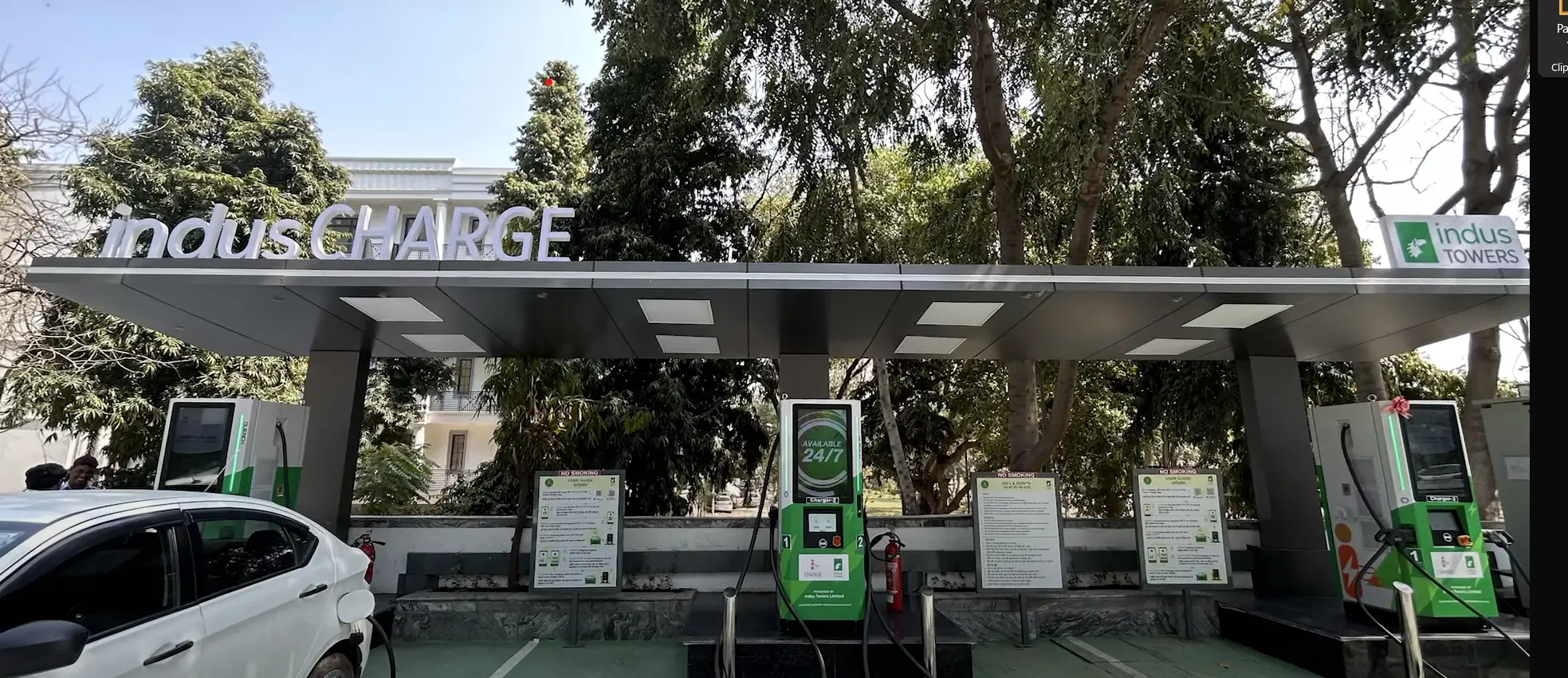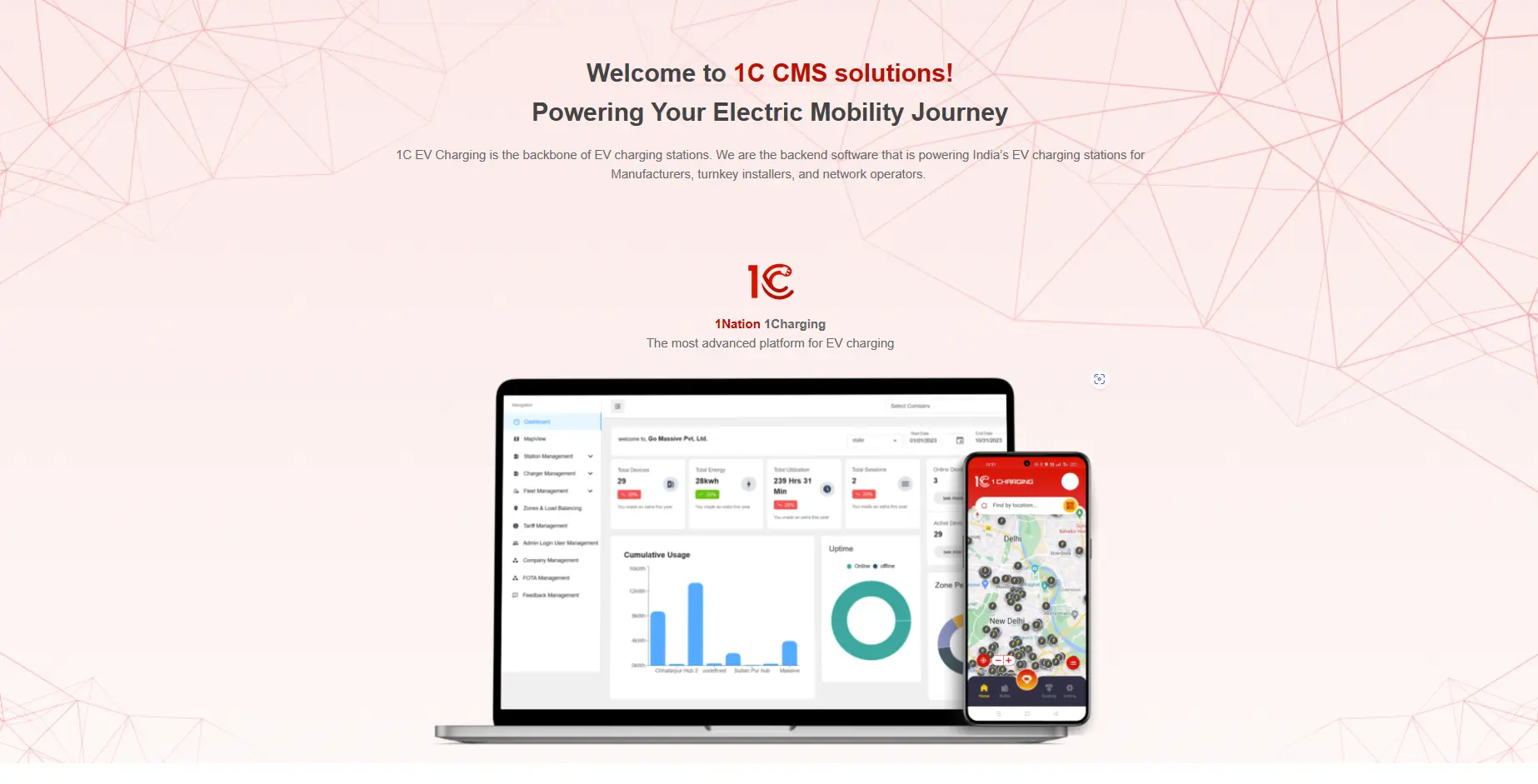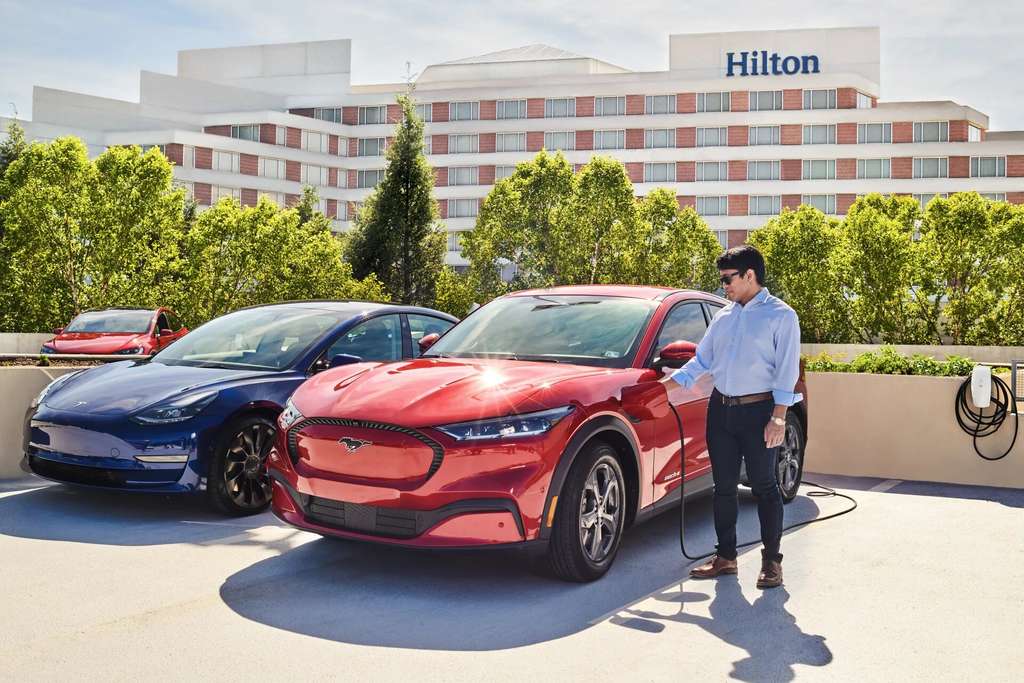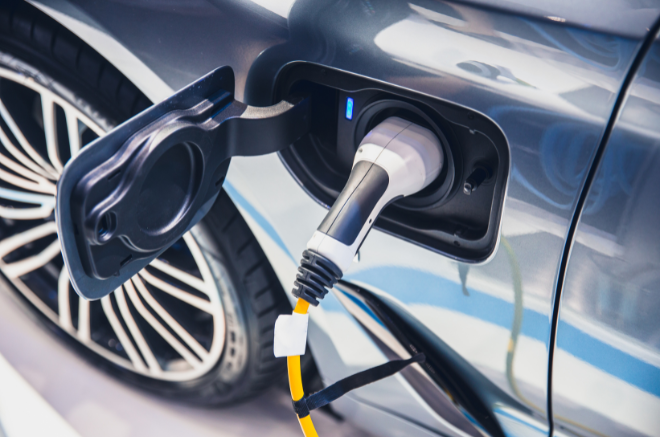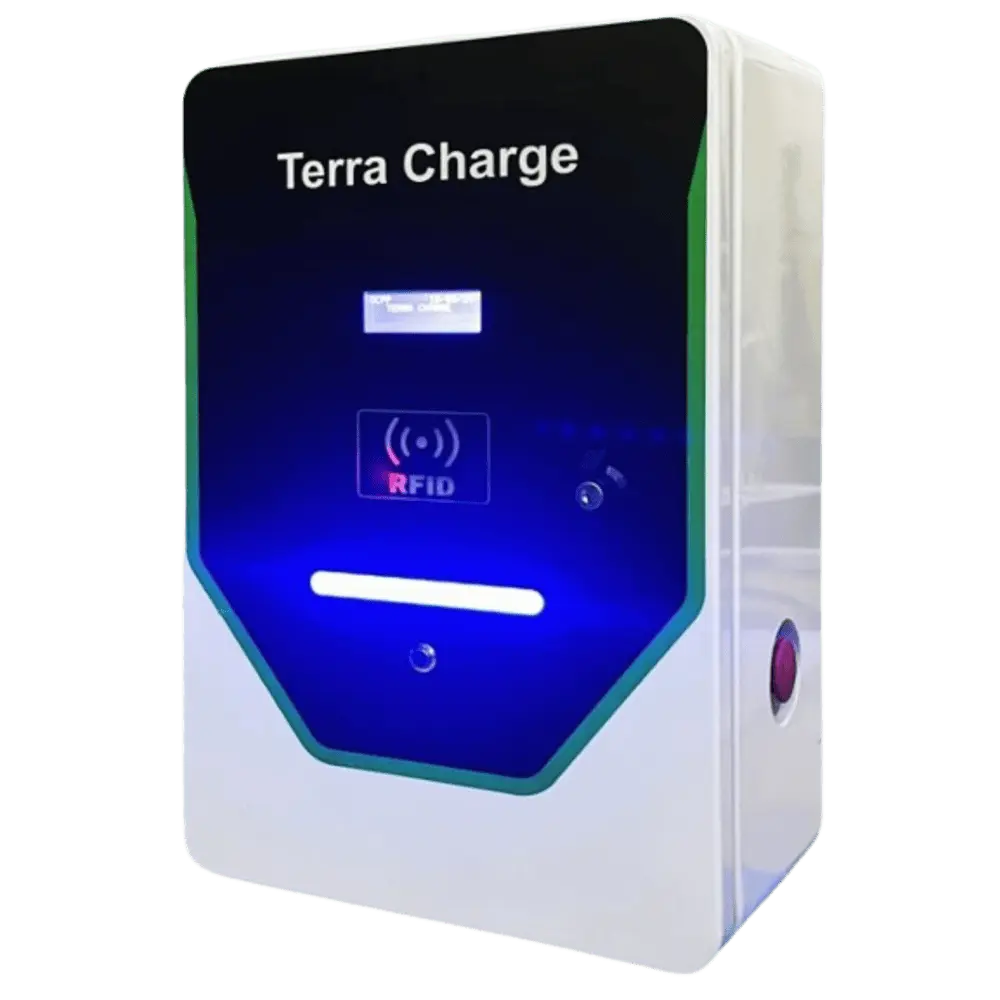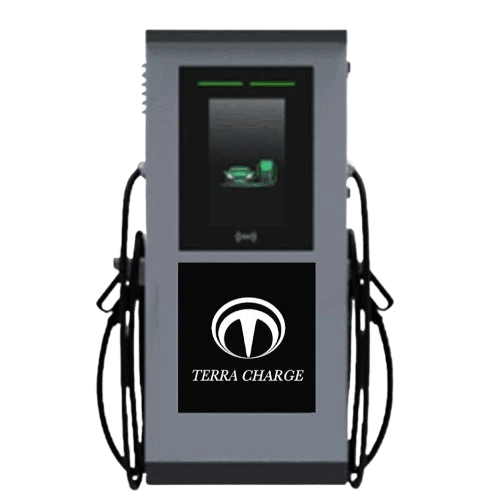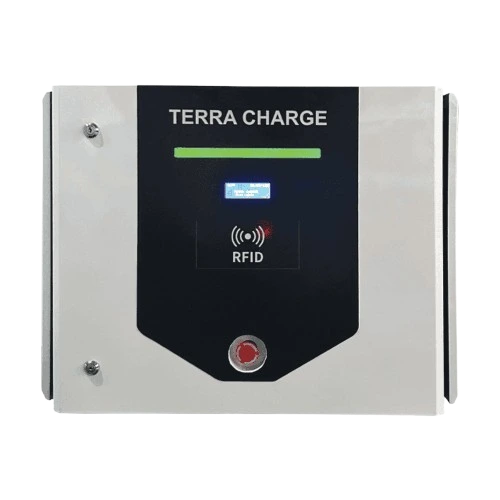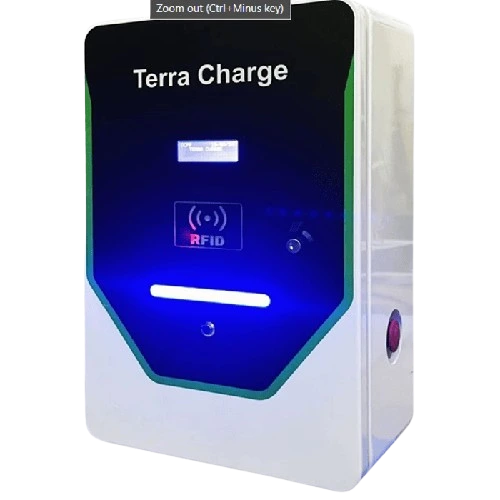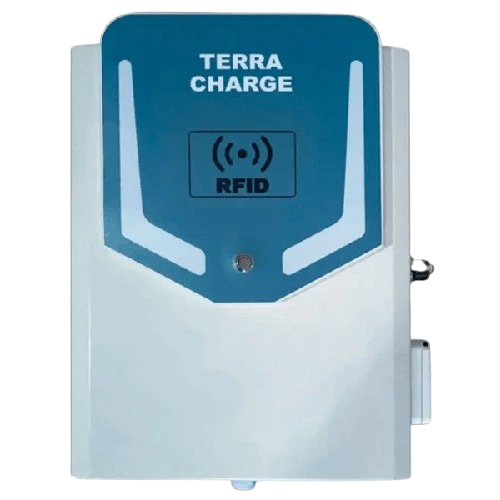How To Charge Electric Vehicles in India?
Thinking about getting an electric car in India? It’s a smart move for your wallet and the planet, but it’s a decision that needs careful thought. This article looks at comparing the costs of running electric cars to regular petrol vehicles like fuel costs, maintenance, upfront expenses, resale value, and where you can charge your EV. You will also get an insight about the many methods to charge EV at home–like regular outlets and home charging stations, and Public EV chargers. At the end we have covered you with a quick guide to that will help you on setting up your own EV charging point in India, with list of EV charging station providers in India.
Are EVs Cheaper To Run Than Petrol Cars?
Several factors should be considered when comparing the operational costs of electric vehicles to petrol cars. Concerning fuel expenses, EVs generally benefit from the comparatively lower cost of electricity per unit of energy, whereas petrol prices are subject to fluctuations, impacting the overall operational cost of petrol cars.
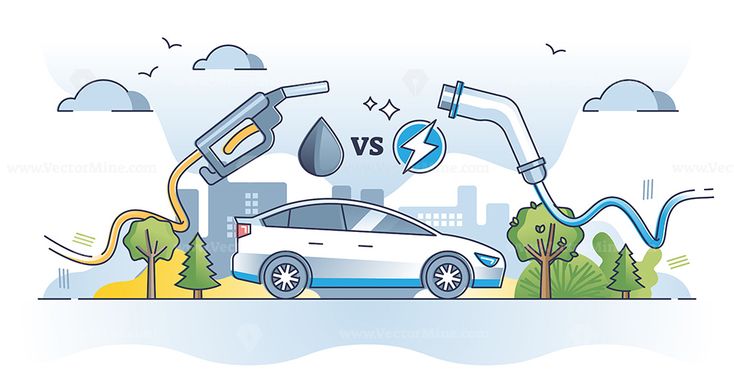
Maintenance Cost
Electric vehicles have fewer moving parts, which potentially reduces their maintenance cost compared to traditional petrol cars. On the other hand, petrol cars require regular maintenance for a greater number of components, influencing overall operational costs.
Upfront costs
EVs may carry higher initial purchase prices, and potential offsets through government incentives and decreasing battery costs should be considered. Petrol cars may present a lower upfront cost, but it is crucial to account for ongoing fuel expenses.
Resale Value
Resale values for electric vehicles can vary, depending on the battery condition and technological advancements. Similarly, resale values for petrol cars are influenced by make, model, and condition.
Charging infrastructure
The availability of charging infrastructure varies, and accessibility to charging stations can influence the feasibility of owning an EV. Petrol stations, being widespread, offer convenient access to fuel for traditional vehicles.
Ways to Charge EV Car at Home
A benefit of owning an EV car is that you can charge it at home, unlike the cars that run on petrol or diesel. There are different options for charging an electric vehicle at home based on different levels of charging equipment and associated factors.
- Standard Home Outlets (Level 1):
- Use a standard household electrical outlet.
- It provides a charging rate of about 5-8 kms of range per hour.
- Requires a Level 1 charging cable included with most EVs.
- Home Charging Stations (Level 2):
- Install a dedicated home charging station.
- Offers faster charging at 20-50 Kms of range per hour.
- Requires professional installation and may come with certification.
- Power Limits and Onboard Chargers:
- Some EVs have onboard chargers limiting the charging speed.
- Charging power usually ranges from 3.6kW to 7kW for residential charging.
- Three-Phase Power for Faster Charging:
- Commercial properties may have three-phase power for faster charging.
- Allows the use of higher-powered chargers, such as 22kW units.
- Installation Costs and Certification:
- Installation fees may be included if the charging unit is certified.
- Certification ensures safety and adherence to performance standards.
- Monitoring Charging with Apps and Displays:
- Many EVs have smartphone apps for remote monitoring.
- Some home chargers have displays showing battery percentage and charging speed.
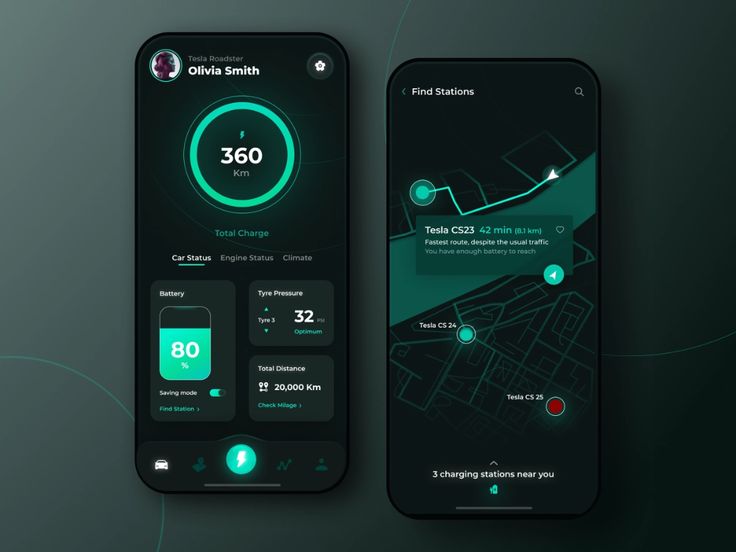
- Time-of-Use Tariffs and Smart Chargers:
- Take advantage of time-of-use tariffs by adjusting your charging schedule.
- Smart home chargers automatically balance power usage to prevent overload.
- Solar Panel Integration:
- Install solar panels to generate your own power.
- Use solar power to charge your EV, reducing reliance on the grid.
- Precautions for Solar Panel Installation:
- Check if your home’s electrical system can handle the extra load.
- Consider upgrading the main electrical panel if necessary.
- Ensure the EV’s electrical system supports supplying power to solar panels.
- Simultaneous Charging with Multiple Chargepoints:
- Some homes allow the installation of multiple charge points.
- Enables the simultaneous charging of multiple vehicles.
Public EV Charger
Public EV chargers play an important role in supporting the widespread adoption of electric vehicles. These charging points are located in public spaces such as parking lots, which provides convenience for EV owners who may need access to private charging infrastructure.
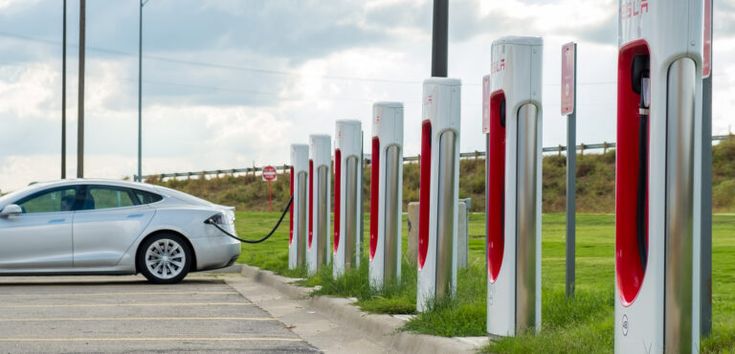
Public EV chargers come in different types, such as Level 2 chargers that provide moderate charging speeds and DC fast chargers that offer rapid charging. Users can locate these charging stations through various apps and networks, enhancing accessibility. As the EV landscape continues to grow, the expansion of public charging infrastructure remains vital, ensuring EV owners have reliable options for keeping their vehicles charged while on the go.
How to Install Your Own EV Charging Point in India?
Installing your own EV charging Station in India will require in-depth research; after all, it’s the hard-earned money you will invest.
- It is essential to understand the Procedure of applying for an EV charging station in India, the approvals and the minimum requirements for having an EV charging Station in India.
- You must know the essentials of electric vehicle charging, like the speed, types and other considerations.
- Find a suitable provider for an EV Charging Station. In India, the Top EV Charging Station Franchise are:
- Tata Power
- Ather Energy
- Fortum Charge & Drive India
- Delta Electronics India
- Magenta Power
- ChargeGrid
- EV Motors India
- Exicom Power Solutions
- Fourth Partner Energy
- Bharat Electronics Limited (BEL)
4. Enhance your understanding by learning from others’ experiences. Read our article 5 Common Mistakes to Avoid while Setting up an EV Charging Station to gain insights into potential pitfalls and ensure a smooth setup process.
EV Charging Etiquettes
Show consideration:
It’s important to be polite to other EV drivers. If someone seems to be having trouble, offer assistance. Helping each other out means we can all get back on the road more quickly and smoothly.
Avoid unplugging others:
Resist the temptation to unplug another person’s car. You never know how much charge they need, and it’s best to treat others as you would like to be treated. Additionally, most EVs have a locking mechanism to prevent unauthorised unplugging.
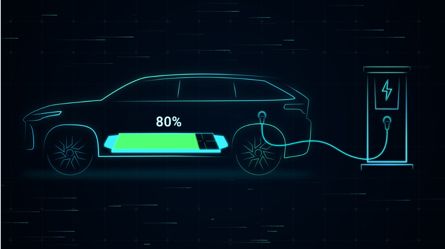
Give priority to electric cars over PHEVs:
If you’re driving a plug-in hybrid, let fully-electric cars take precedence in the charging queue. EVs depends solely on charging, while plug-in hybrids have a backup petrol or diesel engine. A recent survey by Vauxhall found that 55% of EV drivers are willing to let others needing a quick charge go ahead, compared to only 15% of petrol and diesel car drivers.
Monitor your car’s charge level:
Track charging level of your car, especially at busy charging locations. Some cars have smartphone apps for remote monitoring, and some chargers display battery percentage and charging speed. It’s practical to be aware of your charge level, and manufacturers often recommend charging only up to 80% to preserve the battery’s lifespan.
Handle charging equipment with care:
Take care when using charging equipment to avoid damage that could inconvenience other drivers. After charging, properly stow the cable, and report any damage to the operator. This ensures a smooth experience for everyone using the charging station.
Conclusion
Charging an electric vehicle involves many things, whether at home or using public chargers. It’s important to understand the different types of charging, how to install them, and the options available.
Comparing the costs of running an EV to a petrol car includes looking at fuel, maintenance, upfront expenses, and resale value. Public chargers are important for people who use EVs and have them in accessible places. If you want to set up your own charging station, it will require careful research, but learning from others can make it easier. Along with the knowledge of where to charge and how to charge, it is also important to learn a courteous manner while charging at public stations. As EVs become more common, these learnings help make the shift to a greener and more convenient future for electric vehicles.
FAQs
How do electric vehicles charge?
EVs charge by connecting to a power source through a charging cable. This cable is typically equipped with plugs that fit into the charging port on the EV. The charging port is usually located on the front or side of the vehicle.
Can you charge an EV at home?
Yes, you can charge an EV at home. Many EV owners use standard electrical outlets, known as Level 1 chargers, or dedicated home charging stations, referred to as Level 2 chargers, for faster charging. The charging process typically involves plugging the EV into the charging equipment.
How do you charge a car at home?
To charge a car at home, you can use a standard household electrical outlet for slower charging (Level 1), providing about 5-8 Kms of range per hour. Alternatively, install a dedicated home charging station (Level 2) for faster charging at a rate of 20-50 Kms of range per hour. Professional installation may be required for Level 2 chargers, and the process involves connecting the charger to the vehicle using a charging cable.
Should you charge your electric car during off-peak hours?
Charging electric cars during off-peak hours has the following benefits:
- Cost savings: Some electricity providers offer discounted rates during off-peak hours, which can help you save money on your electricity bill.
- Environmental benefits: Charging during off-peak hours can help reduce the strain on the energy grid and decrease greenhouse gas emissions.
- Improved battery lifespan: Charging during off-peak hours can also help improve your car battery’s lifespan.
How long it takes to charge an electric car?
The charging time for an electric car may vary depending on factors such as the battery capacity, the charging speed of the station, and the state of charge. Normally, it can take anywhere from 30 minutes to several hours to charge an electric car fully. Fast-charging stations can charge a significant portion of the battery in a shorter time, while standard home chargers may take longer.
How to charge electric vehicles or cars fast?
By using fast charging stations that offer higher charging speeds to fast charge your EV. Find a DC fast chargers, which can provide a substantial boost to an EV’s battery in a shorter time. It’s important to use the right charging infrastructure that supports fast charging, some EVs have features like fast-charging compatibility, that allows you to maximise charging speed when using compatible stations.
Related Articles >>>
Indus Charge is a very under rated charging app out there. Unlike other CPOs, they don’t dedicatedly work in this market; the
What is a CMS It is software that lets you control multiple charging stations from an internet-connected device, such as a phone,
The electric vehicle market in India has immense potential. India is the 5th largest global auto market by volume and offers a
KPIT Technologies in Pune leads the shift from lithium-ion to sodium-ion batteries for EVs, aiming for cost-effectiveness and reduced material dependency.
In a major move to expand electric vehicle charging access for travelers, Hilton and Tesla have announced a collaboration to bring thousands
Understanding AC vs DC charging for electric vehicles. Consider speed, location, and battery health for an informed choice.
Optimal location for urban EV charging stations include high-traffic areas, residential zones, business districts, transit hubs, and leisure destinations.
Introduction: The electric vehicle (EV) revolution is underway in India, with more and more people switching to electric cars and scooters. However,



